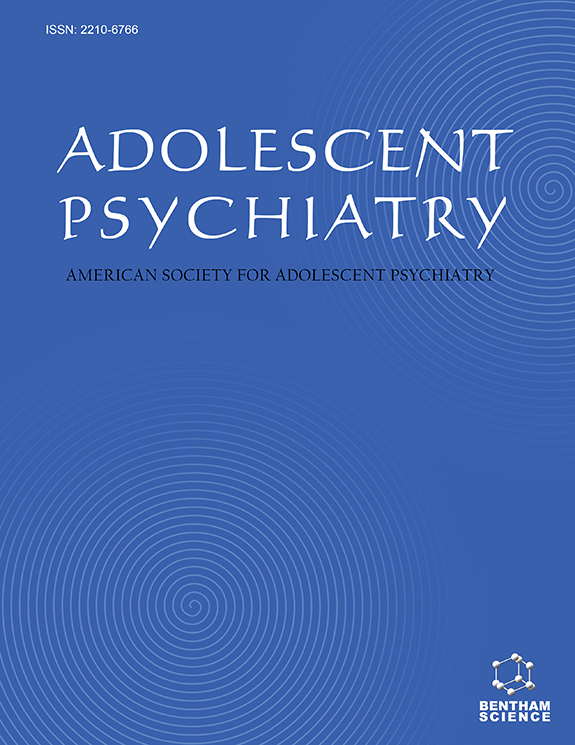
Adolescent Psychiatry
Adolescent Psychiatry reports of original research, critical/mini reviews of topics relevant to practitioners, clinical observations with analysis and discussion, analysis of philosophical, ethical or social aspects of the fields of psychiatry and mental health, case reports with discussions, letters, and position papers.
Topics include adolescent development and developmental psychopathology, psychotherapy and other psychosocial treatment approaches, psychopharmacology, and service settings and programs. The primary focus of the work should be on adolescents, transition-aged youth, or emerging adults, that is, persons 12-24 years of age. Articles on families of adolescents, or adults who have been followed since adolescence will also be considered.
Editor-in-Chief:
-
Stephan M. CarlsonComprehensive Psychiatric Emergency Program (CPEP)
Brookdale University Hospital and Medical Center
Brooklyn, NY
United States of America
ISSN: 2210-6766 (Print)
eISSN: 2210-6774 (Online)



